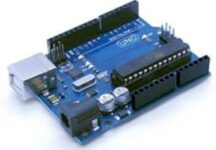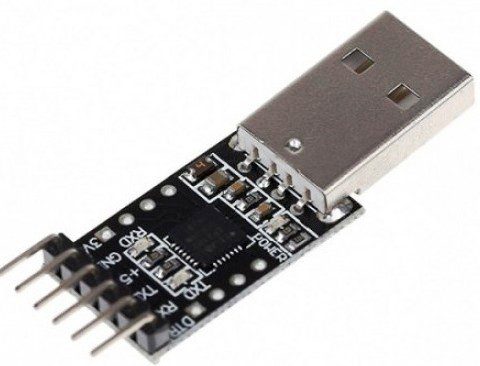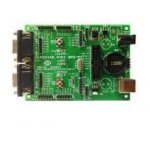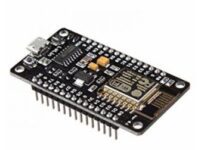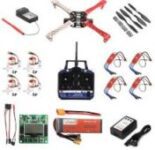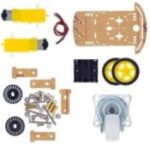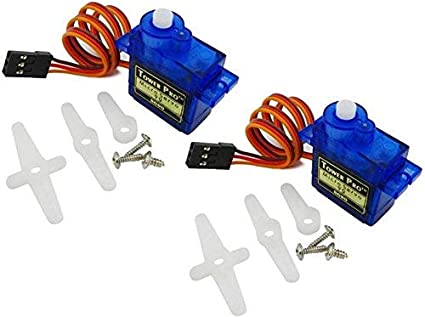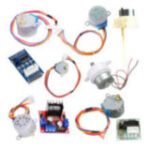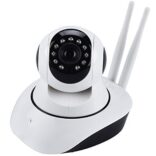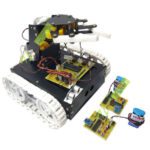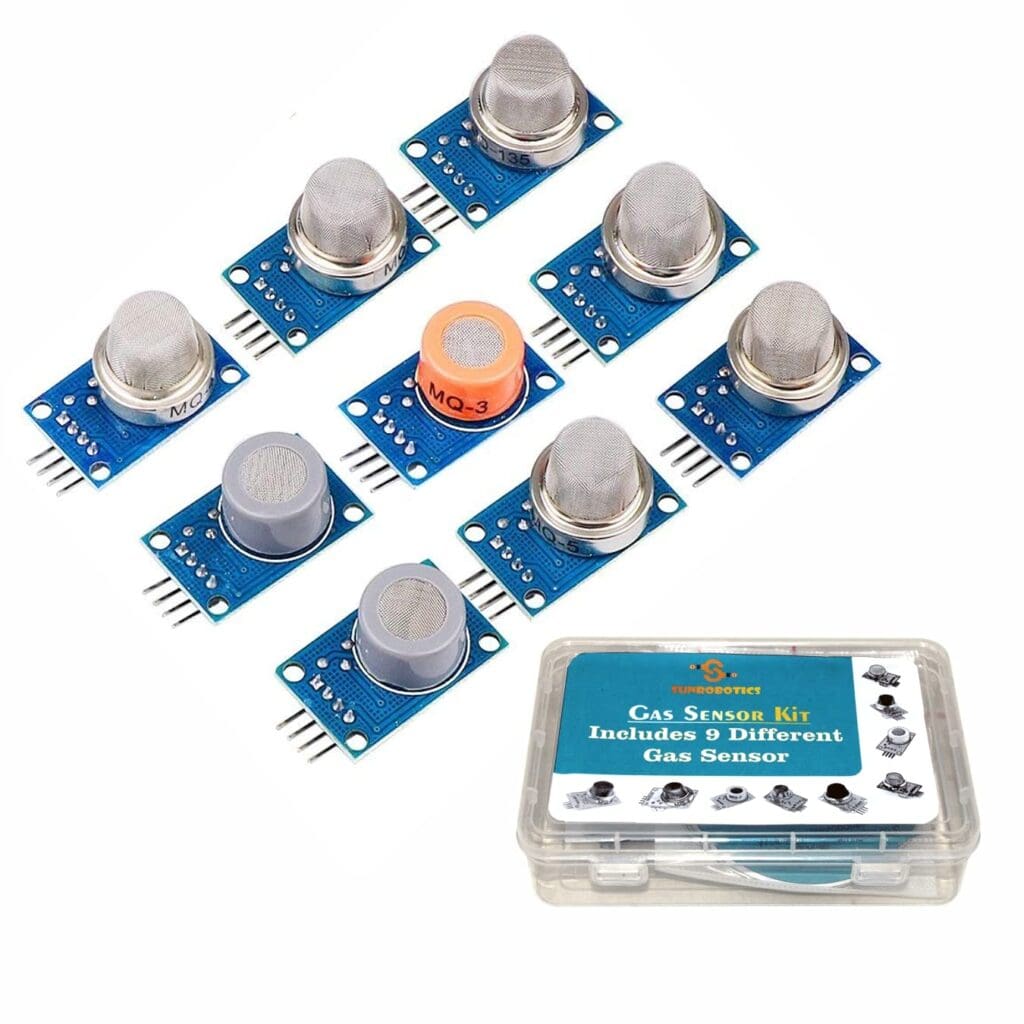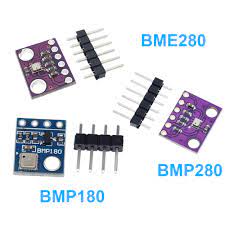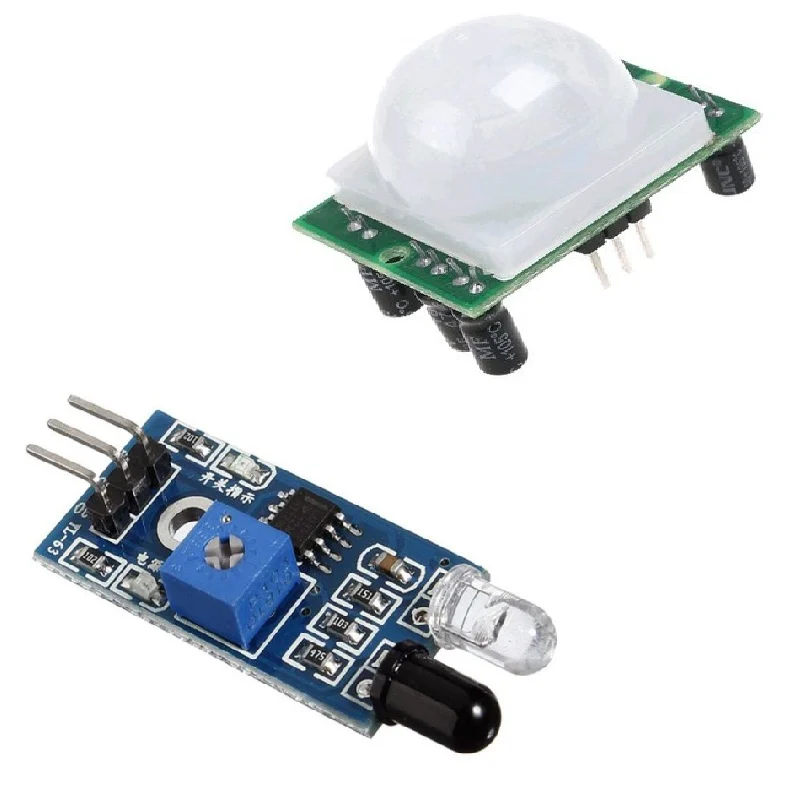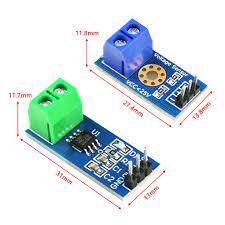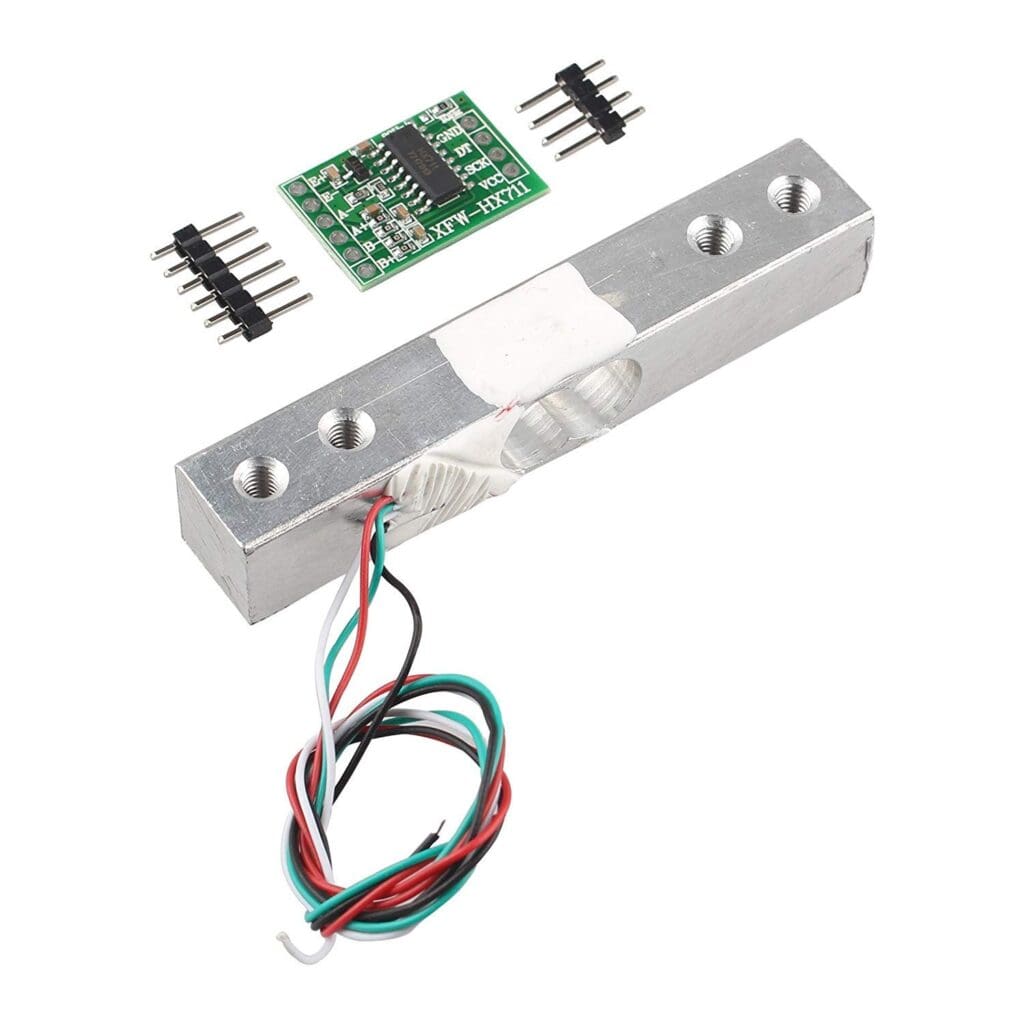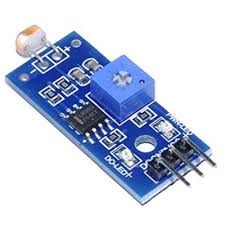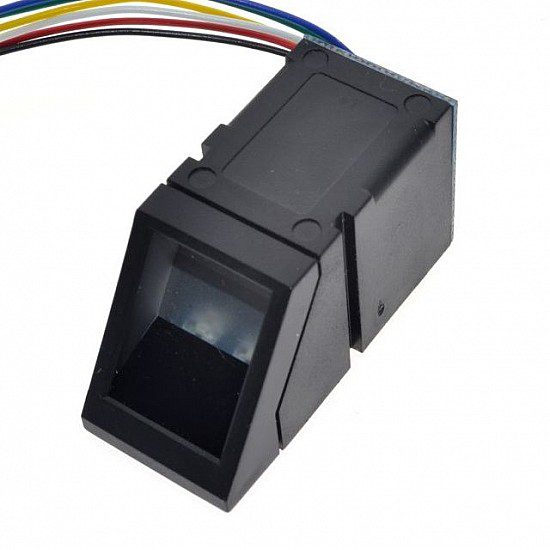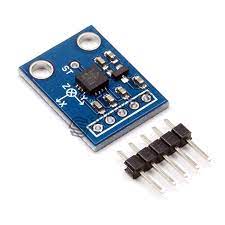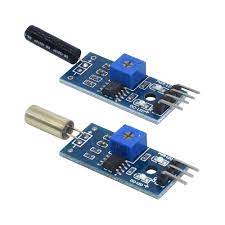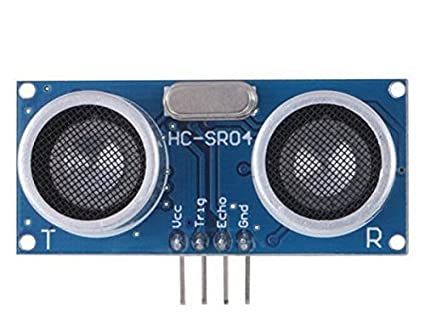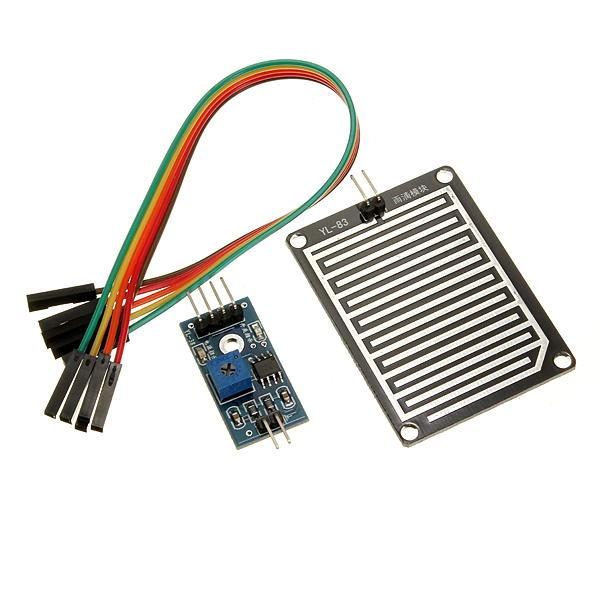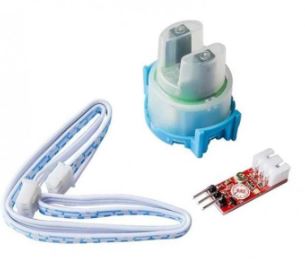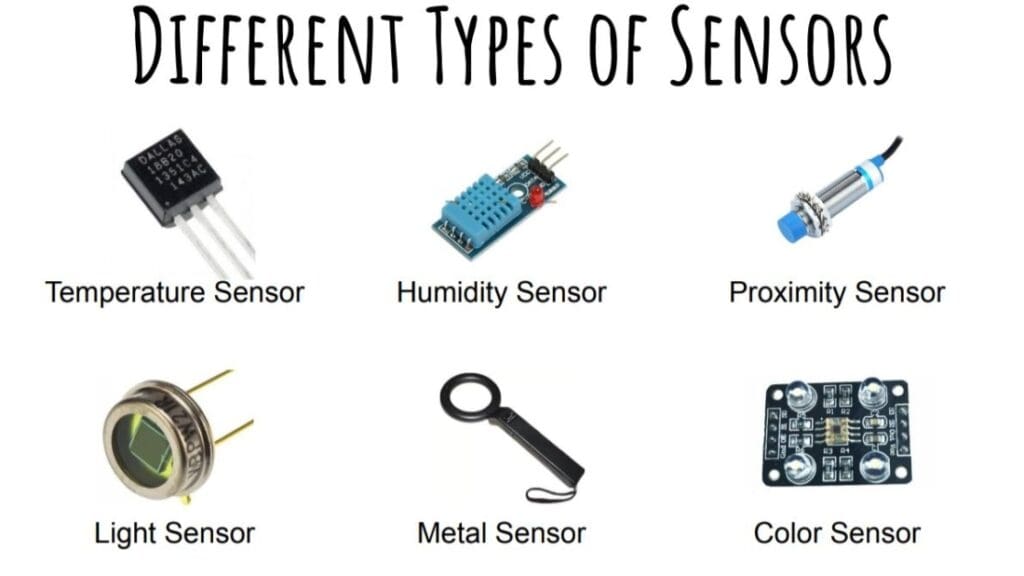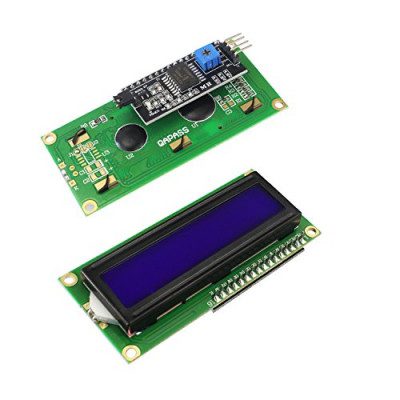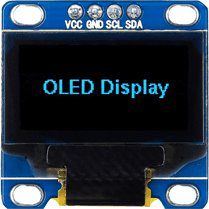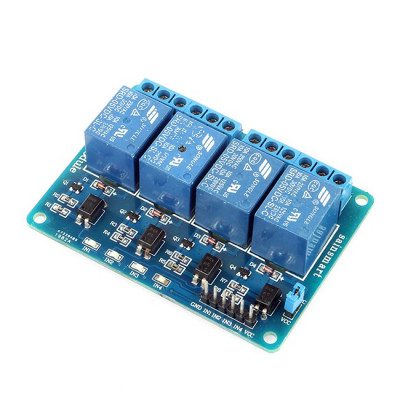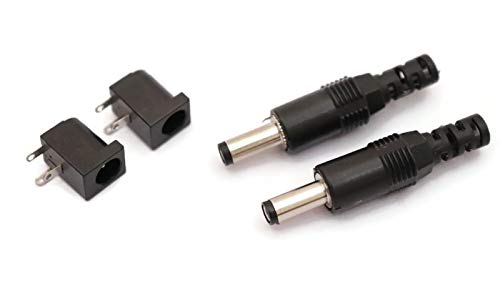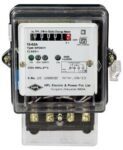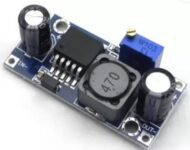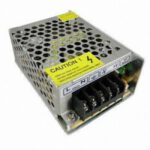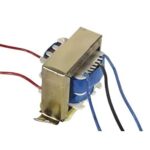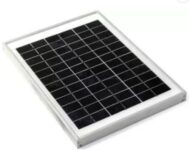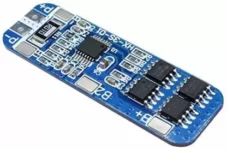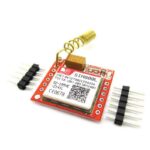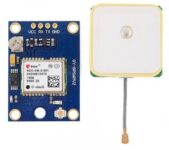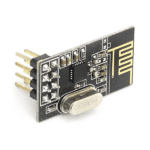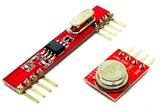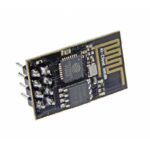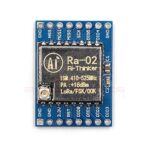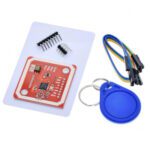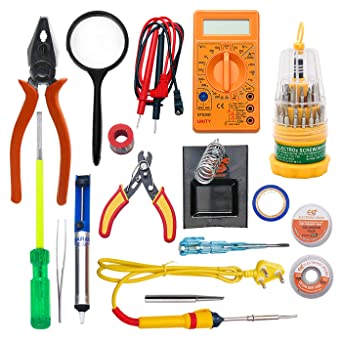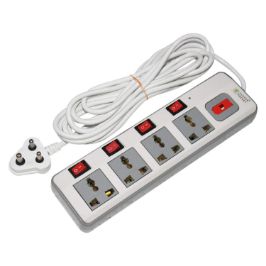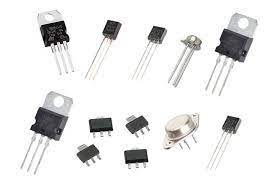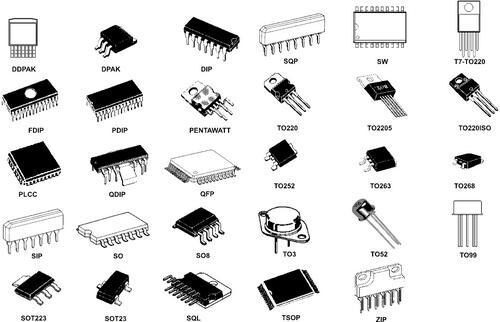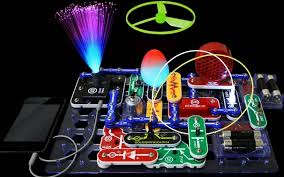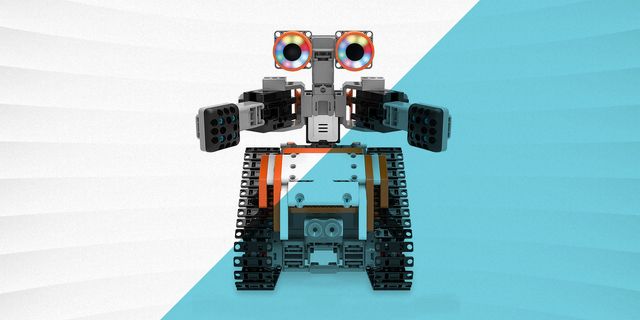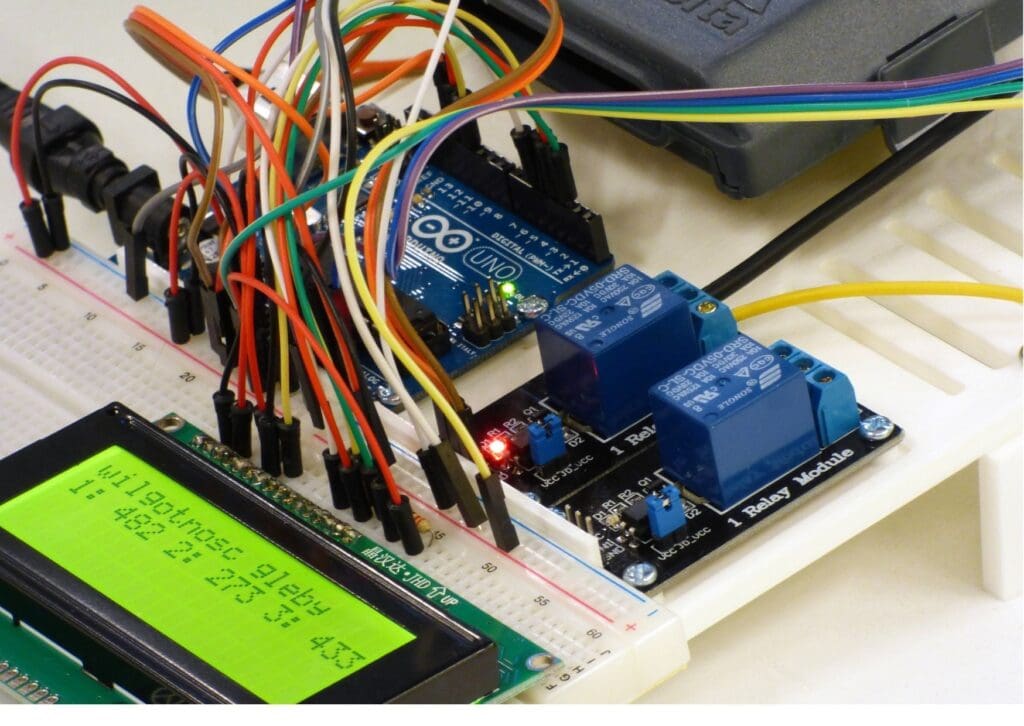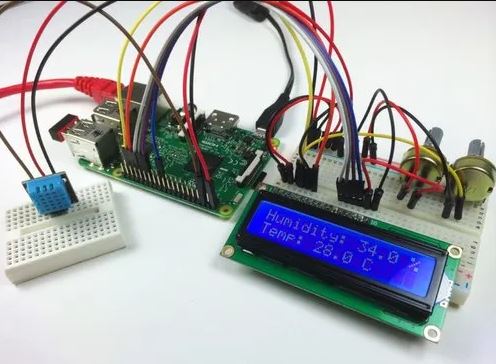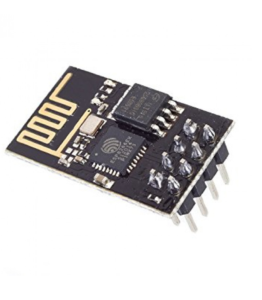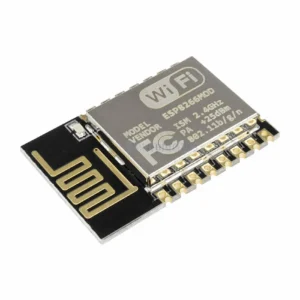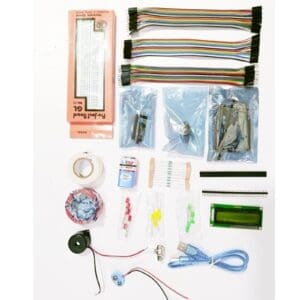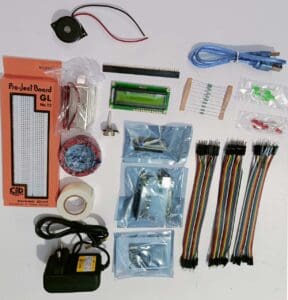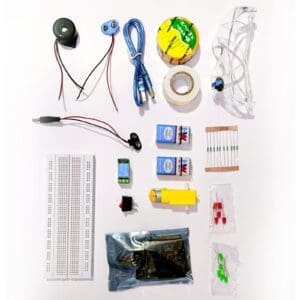Introduction
- Embedded systems are ubiquitous in modern technology, permeating various aspects of our daily lives, often operating behind the scenes to provide functionality, automation, and intelligence to devices and systems. An embedded system refers to a specialized computing system designed to perform specific tasks within a larger system, often with real-time constraints and limited resources. These systems are typically built around microcontrollers or microprocessors and are tailored to meet the requirements of specific applications, ranging from consumer electronics and automotive systems to industrial automation and medical devices.
- Embedded systems are characterized by their compact size, low power consumption, and integration into a host device or environment. They are designed to perform predefined functions reliably and efficiently, often in constrained or harsh operating conditions. Embedded systems can be found in a wide range of devices and systems, including smartphones, smart appliances, wearable devices, automotive control systems, home automation systems, industrial machinery, medical instruments, and aerospace systems
Projects Categories:
Products Categories:
- Robotics
- Actuators
- Camera Modules
- Drone Kits
- Drone Components
- Chassis
- DC Motors
- Other Robotic accessories
- Pick and Place Modules
- Robotic Kit
- Servo Motors
- Stepper Motors
- Wheels
- Microcontrollers & Programmers
- 8051 Microcontroller
- Arduino Microcontroller
- ARM Development Board
- Interface Module
- NODMCU / ESP Modules
- PIC Microcontroller
- Raspberry Pi
- Devices and Actuators
- Display Modules
- Sensors & Module
- Power Supply / Batteries
- Wireless modules
- Electronic Components
- Wholesale Market
Description
some of the Key features of embedded systems include
Real-time Operation
- Many embedded systems are designed to respond to external events or inputs in real time, often with strict timing requirements. Real-time capabilities are essential for applications such as control systems, robotics, and automotive safety systems.
Resource Constraints
- Embedded systems typically have limited resources in terms of processing power, memory, and storage. Designing efficient algorithms and optimizing resource usage are critical to meeting performance requirements within these constraints.
2.Customization and Integration
Embedded systems are highly customizable and can be tailored to meet the specific requirements of different applications. They are often integrated into larger systems or devices, working in conjunction with other hardware and software components.
3.Low Power Consumption
Many embedded systems operate on battery power or have strict power consumption requirements. Power efficiency is crucial for extending battery life and minimizing energy consumption in portable and battery-operated devices.
4.Reliability and Robustness
Embedded systems are expected to operate reliably in diverse environments and under varying conditions. They must withstand temperature fluctuations, electrical noise, mechanical vibrations, and other environmental factors without compromising performance or safety.
5.Security and Safety
With the increasing connectivity of embedded systems to networks and the internet, security and safety considerations are paramount. Embedded systems must be designed with robust security features to protect against cyber threats and ensure data integrity, confidentiality, and availability.
- In summary, embedded systems are essential components of modern technology, enabling the automation, intelligence, and functionality of a wide range of devices and systems. Their compact size, real-time capabilities, resource efficiency, and customization make them well-suited for diverse applications across various industries, driving innovation and advancement in technology.
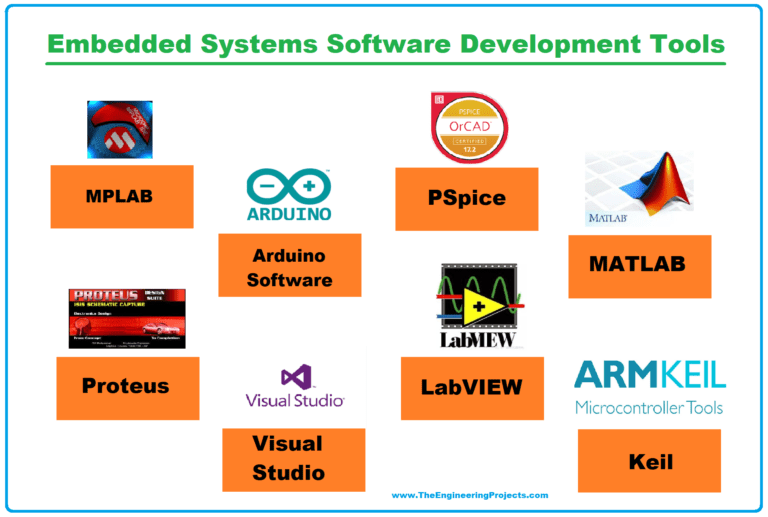
Characteristics And Components
1. Real-time Operation: Embedded systems often require real-time response to external events or inputs, with precise timing constraints.
2. Resource Constraints: Embedded systems typically have limited resources in terms of processing power, memory, and storage, necessitating efficient resource management.
3. Specific Functionality: Embedded systems are designed to perform specific tasks or functions within a larger system, tailored to meet the requirements of the intended application.
4. Integration: Embedded systems are integrated into host devices or environments, working in conjunction with other hardware and software components.
5. Compact Size: Embedded systems are compact and often physically small, suitable for deployment in space-constrained environments.
6. Low Power Consumption: Many embedded systems operate on battery power or have strict power consumption requirements, requiring power-efficient design and optimization.
Components of Embedded Systems:
1. Microcontroller or Microprocessor: The central processing unit (CPU) of an embedded system, responsible for executing instructions and controlling the system’s operation.
2. Memory: Embedded systems require memory for storing program code, data, and temporary variables. This includes both volatile memory (RAM) and non-volatile memory (e.g. ROM, flash memory).
3. Input & Output (I/O) Devices: Embedded systems interact with the external environment through input devices (e.g., sensors, switches) and output devices (e.g., displays, actuators).
4. Communication Interfaces: Embedded systems often include communication interfaces such as serial ports, Ethernet, Wi-Fi, Bluetooth, or CAN bus for interfacing with other devices or networks.
5. Power Supply: Embedded systems require a power supply unit (PSU) to provide the necessary voltage and current for operation. This may involve battery power, AC/DC adapters, or power management circuitry.
6. Real-time Clock (RTC): Some embedded systems incorporate a real-time clock for keeping track of time and scheduling tasks or events with precision.
7. Operating System (OS) or Real-Time Operating System (RTOS): Depending on the complexity and requirements of the embedded system, it may run on a full-fledged operating system (e.g., Linux, Windows Embedded) or a real-time operating system optimized for deterministic response times.
8. Development Tools: Software development tools such as compilers, debuggers, and integrated development environments (IDEs) are essential for programming and debugging embedded systems.
9. Sensors and Actuators: Embedded systems often include sensors to measure physical quantities (e.g., temperature, pressure, motion) and actuators to control external devices or systems.
10. User Interface: Some embedded systems feature a user interface for interaction with users, including displays, buttons, touchscreens, or voice recognition systems.
- These components work together to enable the functionality and operation of embedded systems across various applications and industries. Efficient design, optimization, and integration of these components are essential for achieving the desired performance, reliability, and functionality of embedded systems.
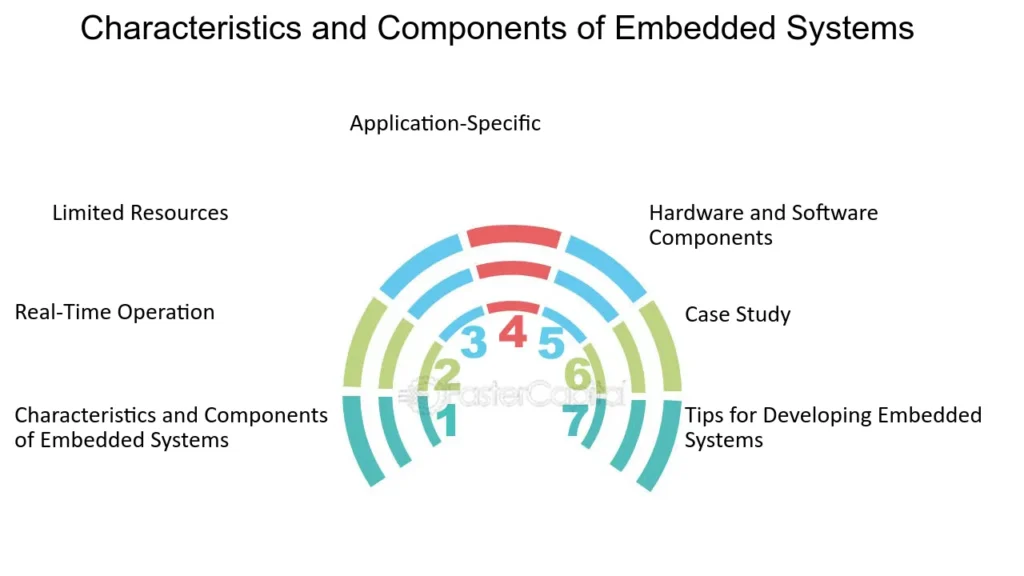
Why Embedded Plays a Major Role And Gdp
Embedded systems play a major role in the current world due to their widespread application across various industries and domains. Here are some reasons why embedded systems are significant:
1. Ubiquitous Integration
Embedded systems are integrated into countless devices and systems that we encounter in our daily lives, including smartphones, automobiles, home appliances, medical devices, industrial machinery, and smart infrastructure. Their ability to provide intelligence, automation, and connectivity enables the functionality and performance of these devices, making them indispensable in modern society.
2. Innovation and Advancements
Embedded systems drive innovation and advancements in technology by enabling the development of new products, services, and solutions. They support emerging technologies such as the Internet of Things (IoT), artificial intelligence (AI), robotics, autonomous vehicles, and smart cities, contributing to improvements in efficiency, productivity, and quality of life.
3. Efficiency and Optimization
Embedded systems enable efficient and optimized operation of devices and systems, enhancing performance, reliability, and energy efficiency. They enable real-time monitoring, control, and optimization of processes, leading to cost savings, resource conservation, and improved sustainability.
4. Customization and Tailoring
Embedded systems can be customized and tailored to meet the specific requirements of different applications and industries. They enable the development of specialized solutions for diverse domains, ranging from healthcare and automotive to aerospace and consumer electronics, addressing unique challenges and opportunities.
5. Global Economic Impact
The embedded systems industry contributes significantly to the global economy, generating revenue through the production, sale, and servicing of embedded devices, components, and solutions. It fuels job creation, innovation ecosystems, and economic growth in countries around the world, driving competitiveness and prosperity.
As for countries where embedded systems are growing and their impact on GDP
1. United States
The United States is a leading hub for embedded systems development and innovation, with a strong presence of technology companies, research institutions, and industrial sectors leveraging embedded technologies. The embedded systems industry contributes substantially to the country’s GDP through manufacturing, exports, and technology investments.
2. Germany
Germany is known for its advanced engineering and manufacturing capabilities, particularly in industries such as automotive, industrial automation, and healthcare. The country’s emphasis on innovation and quality has made it a key player in the global embedded systems market, contributing to its GDP through exports and industrial output.
3. China
China has emerged as a major player in the embedded systems industry, driven by its large manufacturing base, growing technology sector, and expanding consumer market. The country’s investments in research and development, as well as its focus on technology adoption and innovation, have propelled its embedded systems industry forward, contributing significantly to its GDP growth.
4. Japan
Japan has a strong presence in the embedded systems industry, particularly in sectors such as automotive, electronics, and robotics. The country’s expertise in precision engineering, quality manufacturing, and technological innovation has enabled it to remain competitive in the global market, driving economic growth and exports.
Overall, embedded systems play a crucial role in the global economy, driving innovation, productivity, and competitiveness across industries and countries. Their widespread adoption and impact on GDP underscore their importance in shaping the current world and driving future advancements.
Types of Embedded Systems
1. General-Purpose Embedded Systems
- These systems are designed for a wide range of applications and tasks, such as consumer electronics, industrial automation, and automotive systems. They typically use microcontrollers or microprocessors and may run on operating systems like Linux or real-time operating systems (RTOS).
2. Real-Time Embedded Systems
- These systems are designed to meet strict timing constraints and deadlines, making them suitable for applications that require real-time processing and response, such as control systems, robotics, and automotive safety systems. Real-time embedded systems often use specialized hardware and software to ensure deterministic behavior.
3. Networked Embedded Systems
- These systems are interconnected and communicate with each other or external networks, enabling distributed computing and remote monitoring/control. Examples include IoT devices, smart grid systems, and network routers. They often utilize communication protocols such as Wi-Fi, Bluetooth, Ethernet, or cellular networks.
4. Mobile Embedded Systems
- These systems are designed for mobile devices such as smartphones, tablets, and wearables. They incorporate features like touchscreens, sensors, wireless connectivity, and multimedia capabilities. Mobile embedded systems may run on platforms like Android, iOS, or custom operating systems optimized for mobile devices.
5. Embedded Systems in Critical Infrastructure
- These systems are deployed in critical infrastructure sectors such as energy, transportation, healthcare, and telecommunications. They are designed for high reliability, availability, and security to ensure the smooth operation of essential services and infrastructure.
Platforms for Embedded Systems
1. Microcontrollers
Small, low-cost devices with integrated CPU, memory, and I/O peripherals, suitable for simple embedded applications with low power and resource requirements.
2. Microprocessors
- Higher-performance devices with external memory and peripherals, capable of running full-fledged operating systems and supporting complex applications.
3. Field-Programmable Gate Arrays (FPGA)
- Programmable hardware devices that offer flexibility and customization for embedded applications requiring high-speed processing and parallelism.
4. System on Chip (SoC)
- Integrated circuits that combine multiple components (e.g., CPU, GPU, memory, I/O) on a single chip, providing a compact and efficient solution for embedded systems.
5. Development Boards and Platforms
- Platforms like Arduino, Raspberry Pi, Beagle Bone, and Intel Edison provide prototyping and development environments for building embedded systems, offering a range of features, connectivity options, and expansion capabilities.
Conclusion:
- Embedded systems are integral to modern technology, serving diverse applications across industries and domains. With various types and platforms available, embedded systems enable innovation, automation, and connectivity, driving advancements in areas such as IoT, real-time control, mobile computing, and critical infrastructure. As embedded systems continue to evolve and proliferate, their impact on society, economy, and technology will remain significant, shaping the future of interconnected and intelligent systems.
For additional blog content, to explore further insights and articles. Click here
How to attach heat sink
How to attach heat sink to raspberry pi 4 INTRODUCTION Attaching a heat sink to...
Read MoreUnderstanding Integrated Circuit And Microchips
Understanding Integrated Circuit And Microchips Introduction Integrated circuits (ICs), often referred to as microchips, are...
Read MoreExploring The world of Quantum
Exploring The World Of Quantum Sensors Quantum sensors are fascinating devices that leverage the principles...
Read MoreRaspberry Pi Microcontroller
Raspberry Pi Introduction Welcome to the world of Raspberry Pi projects, where creativity meets technology!...
Read More


